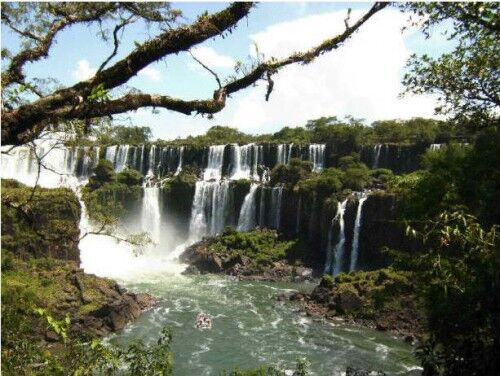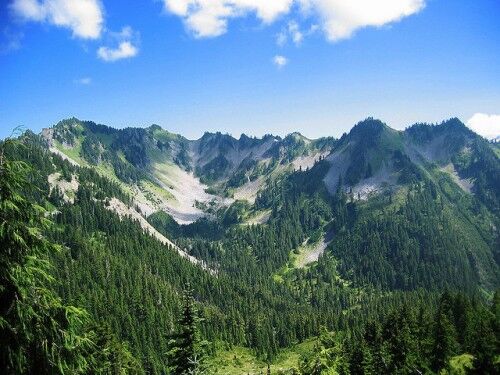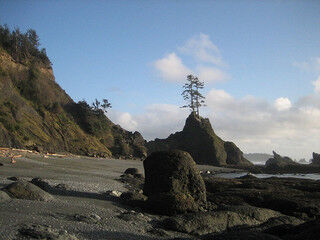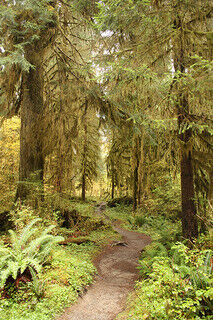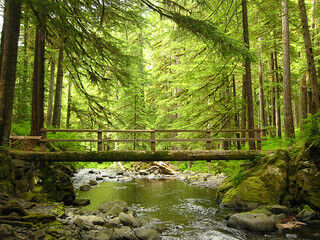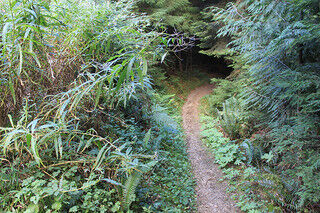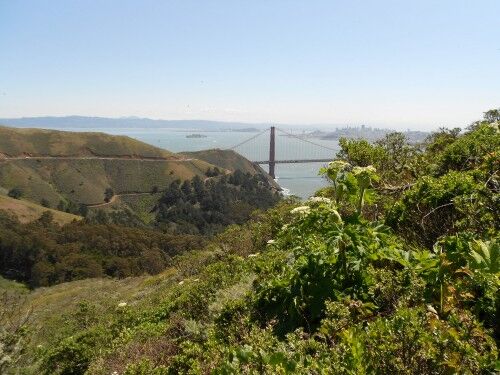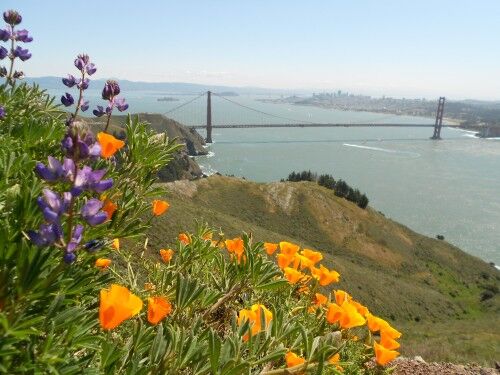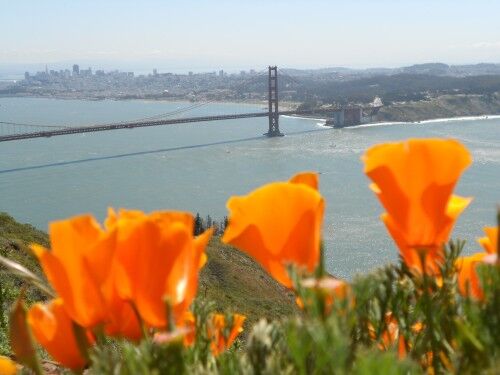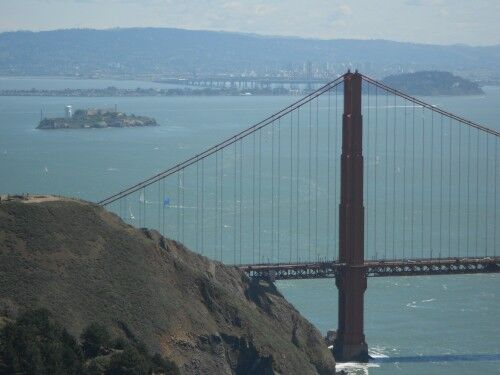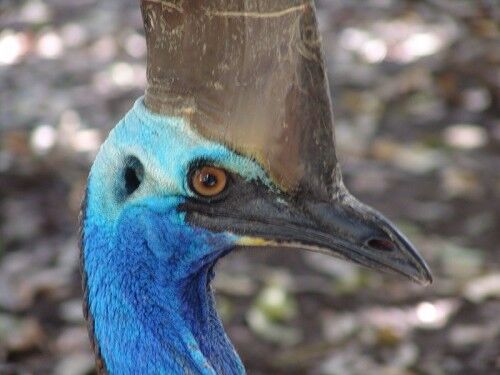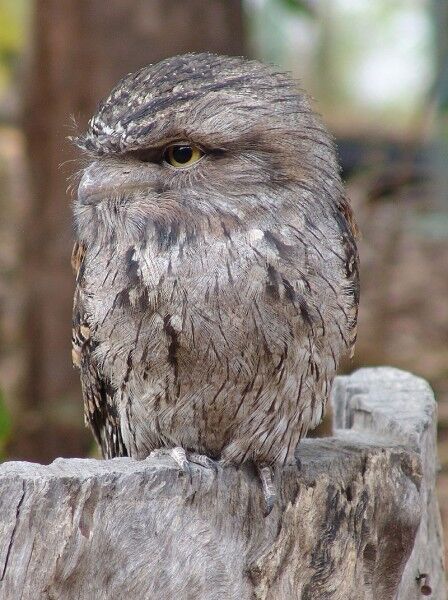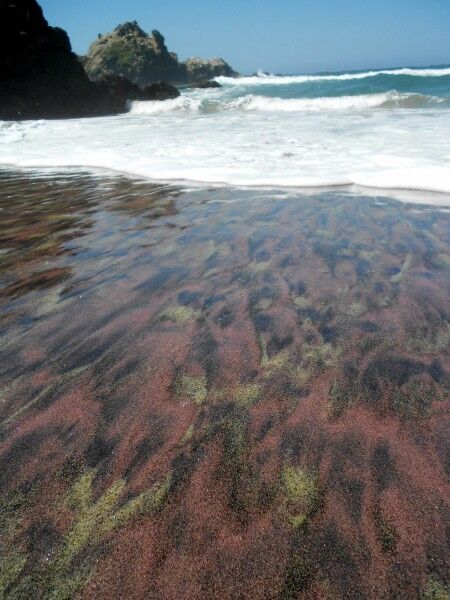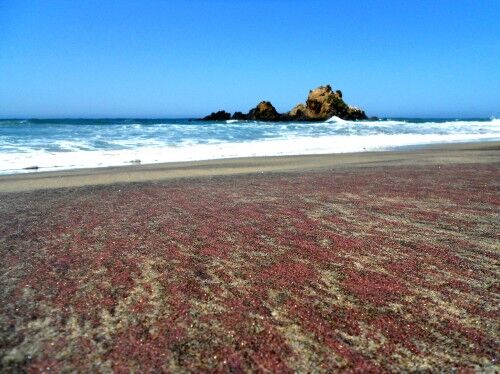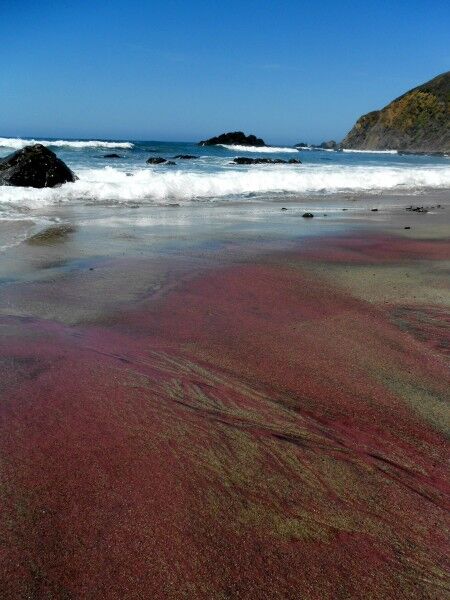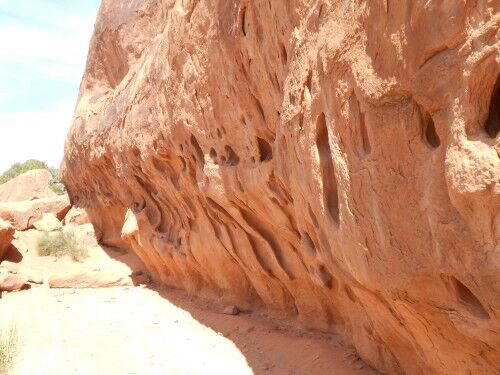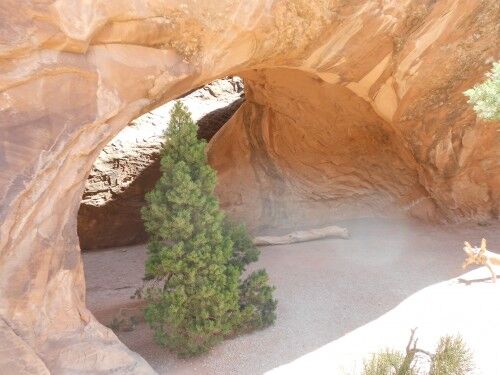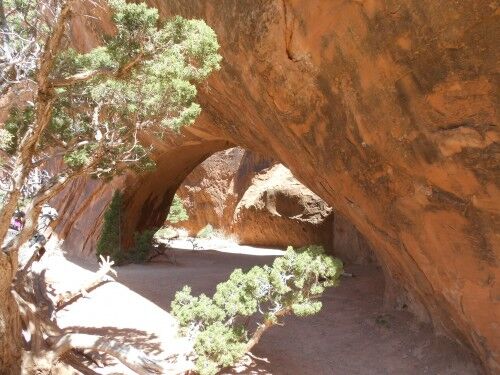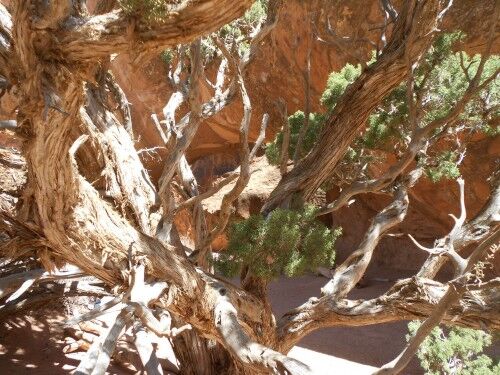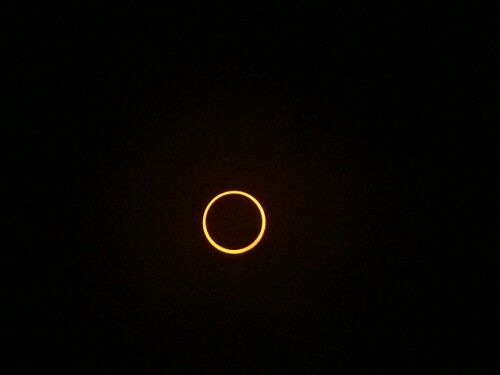My wife and I were staying in a Tuscan villa near Grosseto, and our property owners told us that in the whereabouts there was one of the most unique Italian national reservations, the Uccellina nature park in Maremma. Both my wife and I are hiking and nature lovers, so we could not let this one pass.
We went on a self guided hike that presented very little challenges. Our GPS signaled that along our path we were to climb on the highest elevation of the Maremma region in Tuscany, Poggio Lecci at 417 meters. Our guide book advised to hike that hill to enjoy the best views in the southern part of Tuscany!
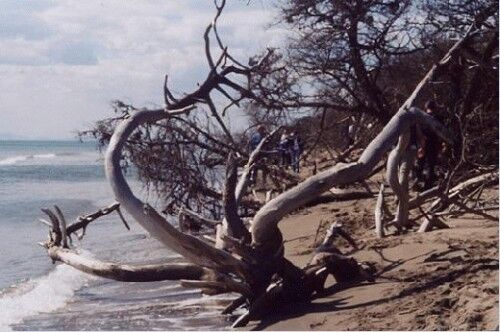
We started our walk from Pratini at around 9:30 AM, since we had 5 walking hours ahead of us and did not want to get caught on our way up during the hottest time of the day. 300 meters into our hike we started climbing up the most difficult section of the trail, the one that takes up to the ridge. Although fatiguing, the higher we climbed the wider and more beautiful the view over the park.
With the increasing elevation the vegetation started to become more sparse, until we reached the summit of Poggio Lecci at 417 meters of altitude. The last stretch was less demanding on our legs, and once there, we stopped for a while to enjoy the wonderful 360-degree views and eat our sandwiches. From here we were able to see the islands of the Tuscan Archipelago: Montecristo, Giglio, Elba, and the peaks of Corsica, which gave us the amazing feeling of being part of something so grand.
After the lunch break, we reached the Abbey of St. Rabano. The original heart of the monastery dates back to the Eleventh century and was a Benedectine-monks settlement of great importance in the Middle Ages. It was sad to see that these ruins are not at all in good shape, even though the restoration process started in the Seventies. Nevertheless, you can discern all the various sections of the structure, and the place holds a magic fascination similar to castles in fairy tales.

The return route runs along the western flank of the hill, until you reach the so-called Road of Olives. The route is flanked all along by lush vegetation. I could recognize holms, oaks, rosemary bushes and wild strawberry plants. We took a detour towards the beach, where we took off our rigid hiking shoes and deeply enjoyed a refreshing foot bath. We continued along the beach, rich of trees and branches carried by the sea, white-washed by salty waves, resembling sculptures shaped by the wind. We continued until Marina di Alberese, which we reached at about 4:30 PM.
This was just one of 6 possible routes, but I have to say it’s the one I enjoyed the most. We loved the Uccellina Park in the Tuscan Maremma so much that we return there whenever we are traveling to central Italy. It is such a wild and untouched land that it is capable of bringing you back to your adventurous childhood dreams.
Matt loves Tuscany so much that he works as a travel adviser about the region and the best vacation Tuscany villas to rent. You can find great villa deals on Twitter @ThriftyTuscany and Facebook page on Tuscany.

